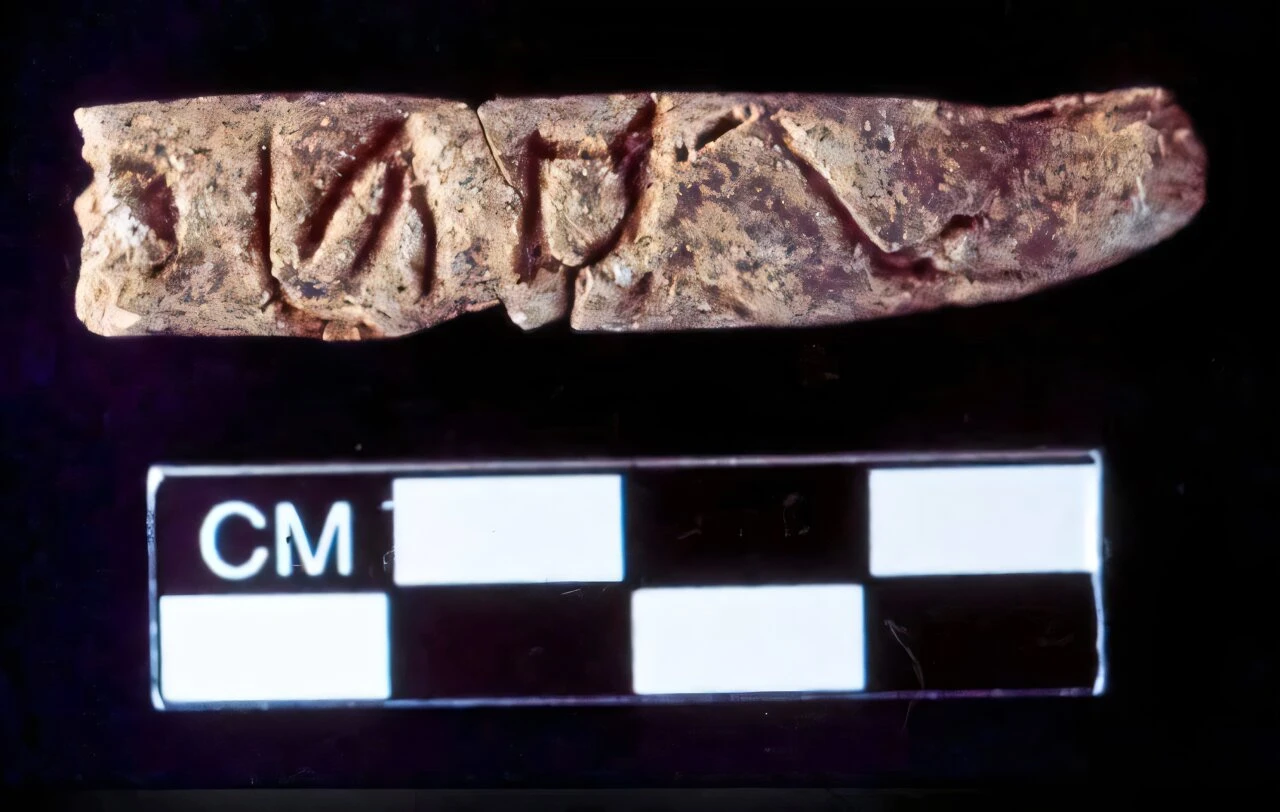Research unveils effects of Kahramanmaras earthquakes on Malatya fault
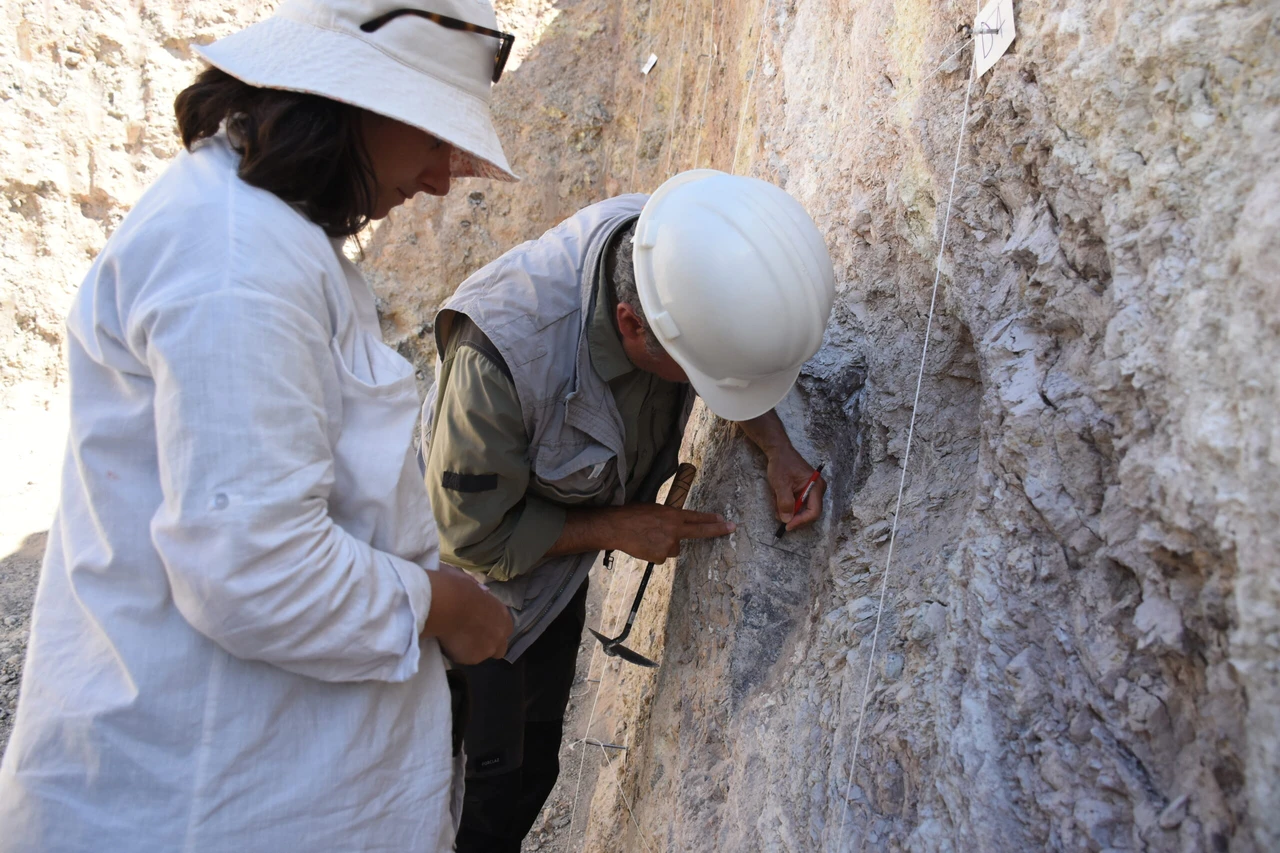 Researchers are intensively studying the effects of the Kahramanmaras earthquakes on the Malatya fault, aiming to uncover insights into seismic risks and future earthquake potential, Türkiye, September 3, 2024 (AA Photo)
Researchers are intensively studying the effects of the Kahramanmaras earthquakes on the Malatya fault, aiming to uncover insights into seismic risks and future earthquake potential, Türkiye, September 3, 2024 (AA Photo)
The effects of the Kahramanmaras earthquakes, which struck on Feb. 6 last year, on the Malatya fault lines are currently under investigation by leading scientists.
As part of the Paleoseismological Characteristics of Active Faults in Türkiye research platform, academic experts are actively studying the Malatya region, which was significantly impacted by these seismic events. This project involves over 100 researchers from 14 universities across the country.
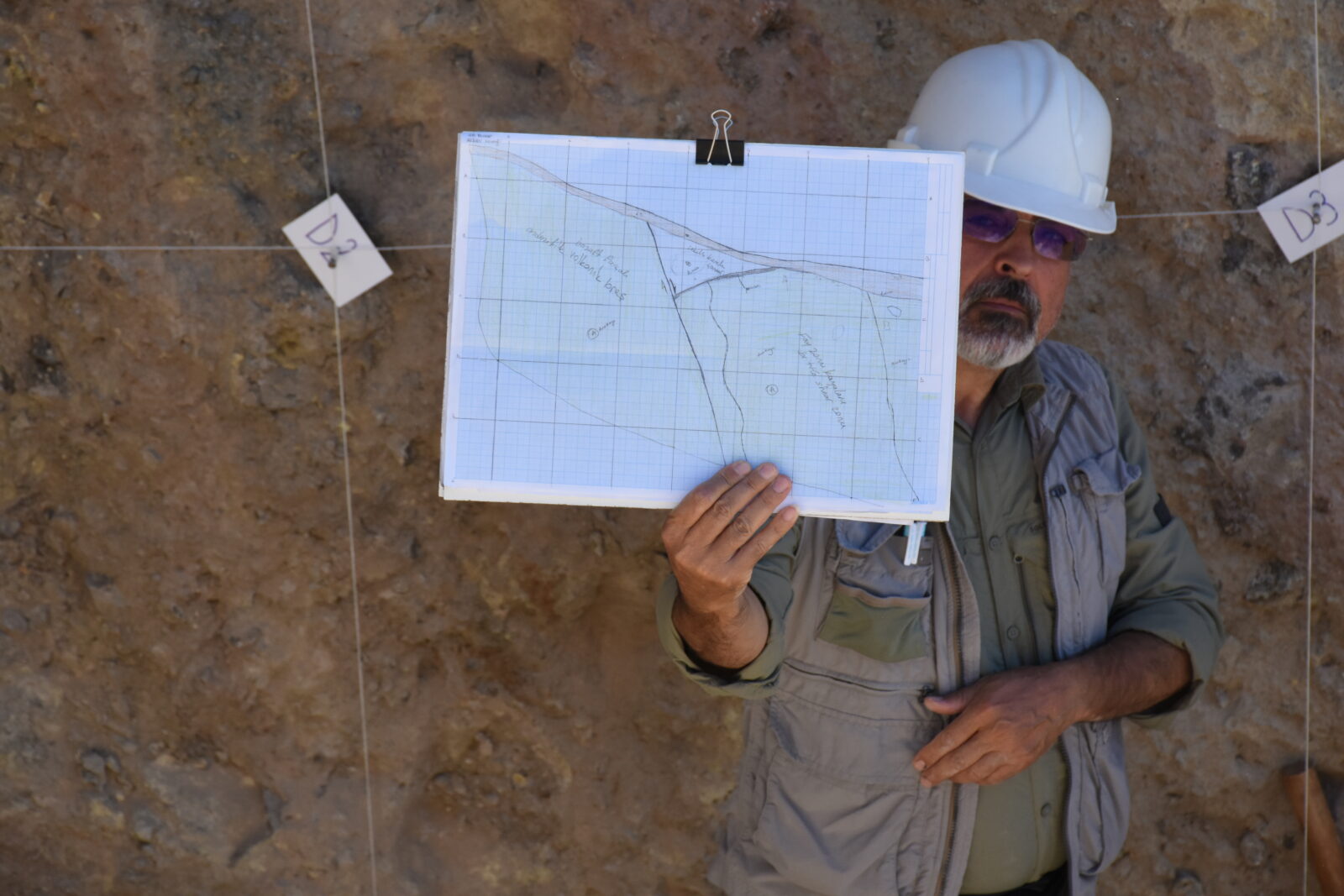
Ongoing research and key findings
Professor Ercan Aksoy from Firat University’s geology department explained that their project focuses on the Malatya fault, which stretches in three segments from south to north.
The research team includes specialists such as Sibel Kaygili, Serap Corak Erol, and Elif Akgun, alongside graduate students and faculty from various institutions.
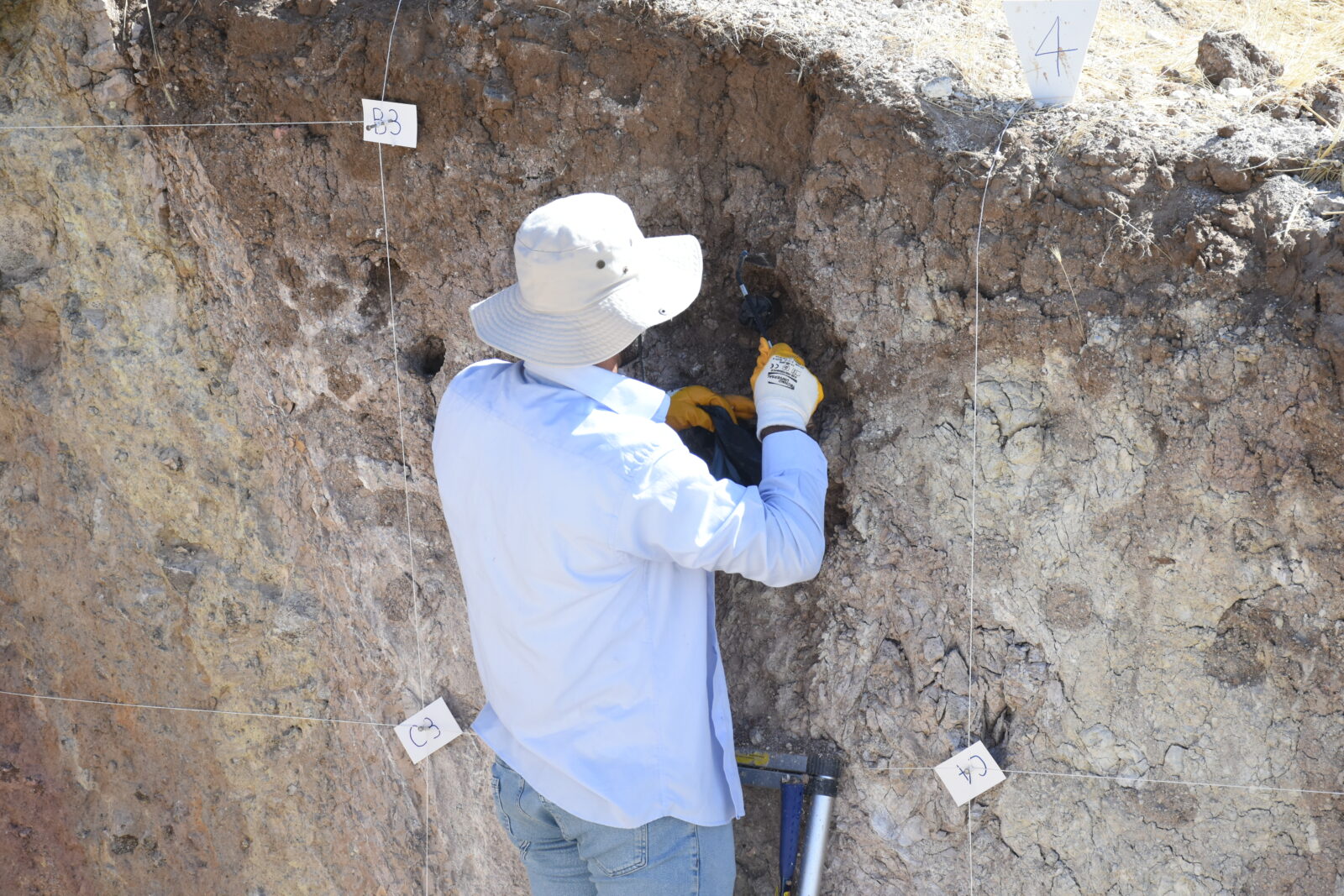
Professor Hasan Sozbilir from Dokuz Eylul University, a key member of the Scientific Support Committee of the Disaster and Emergency Management Authority (AFAD), described the project as one of the largest geological research initiatives in Türkiye’s recent history.
The study, funded significantly by TUBITAK, involves collaboration with AFAD, the General Directorate of Mineral Research and Exploration, and 14 universities.
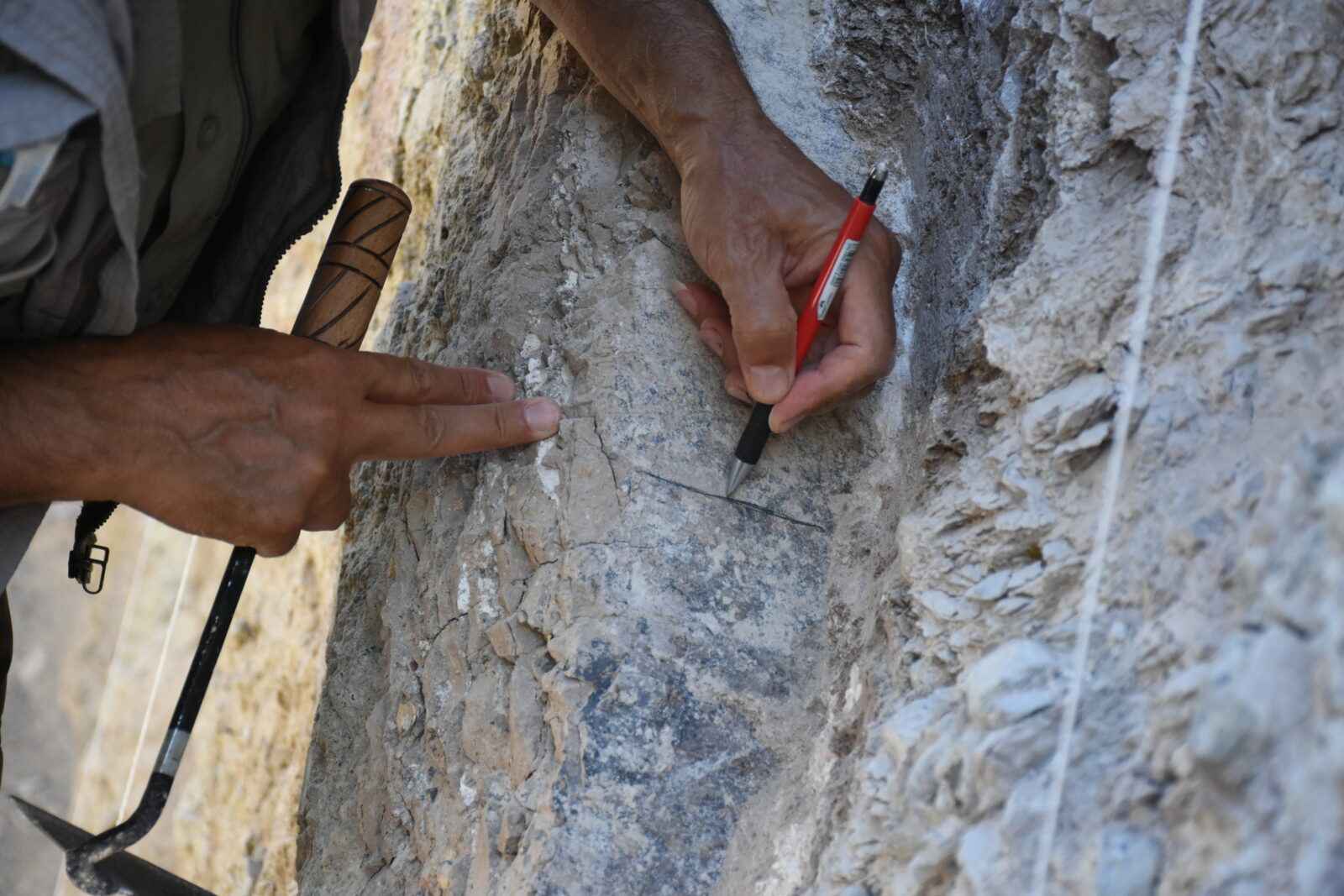
Detailed analysis and future implications
The research employs trenching methods to examine the Malatya fault and has already provided crucial data. Preliminary findings indicate that the Malatya fault has triggered at least three significant earthquakes in the past 10,000 years, with the potential to produce future high-magnitude events.
Sozbilir emphasized that their analysis will reveal when these earthquakes occurred, the intervals between them, and how much time remains before the fault may rupture again.
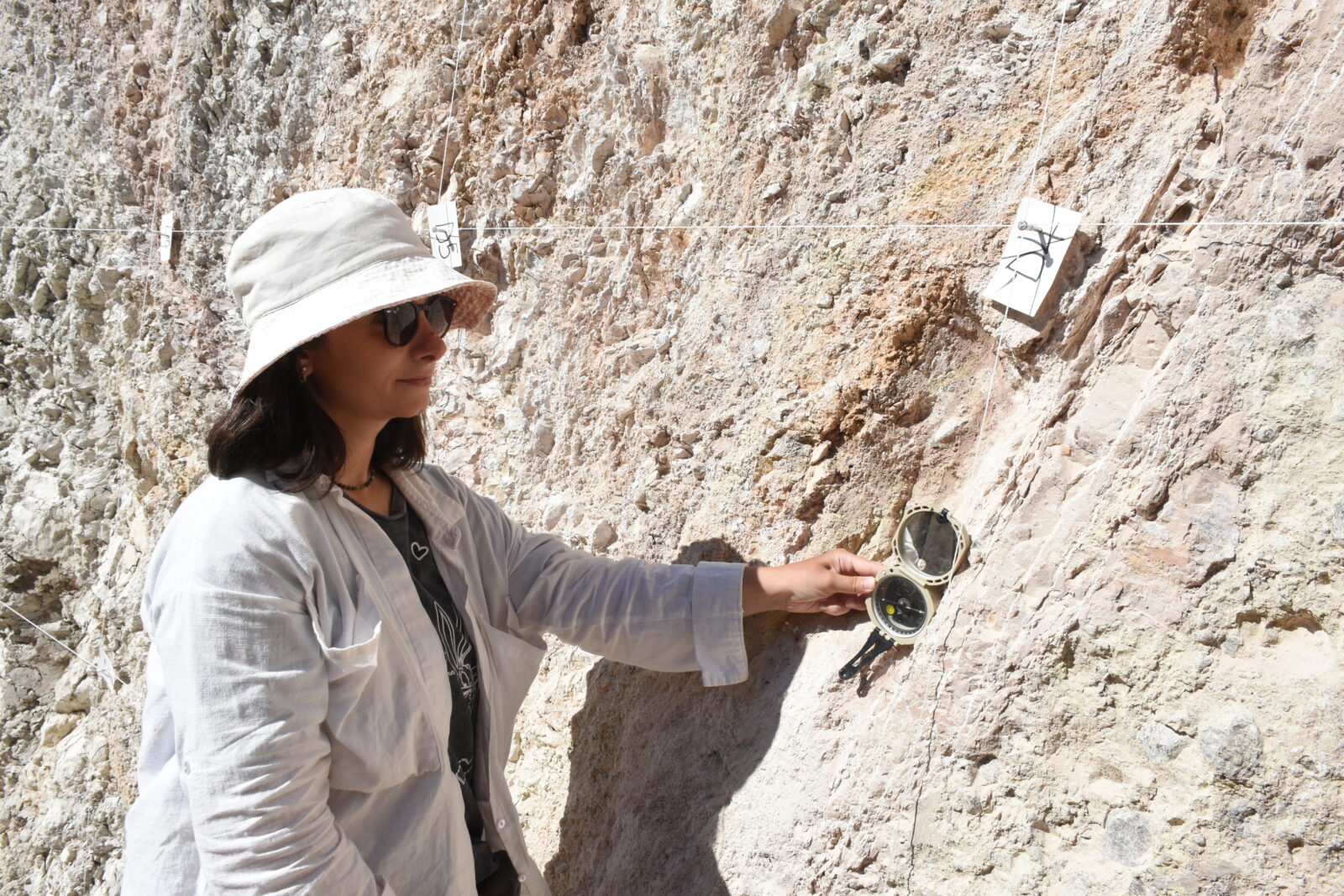
The study aims to determine whether the fault segments break simultaneously or in sequence, which will help estimate the potential magnitude of future earthquakes.
The results will provide valuable insights into earthquake risks and hazards in the region, contributing to more effective risk management and preparedness strategies.



